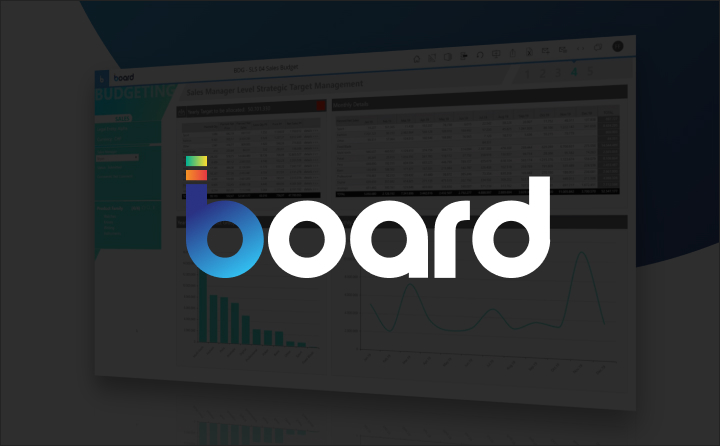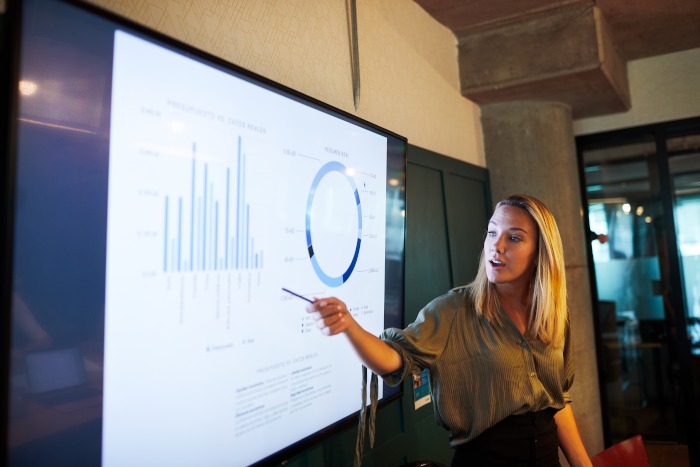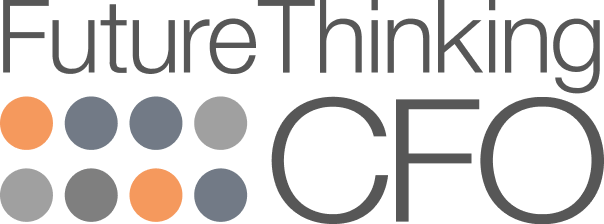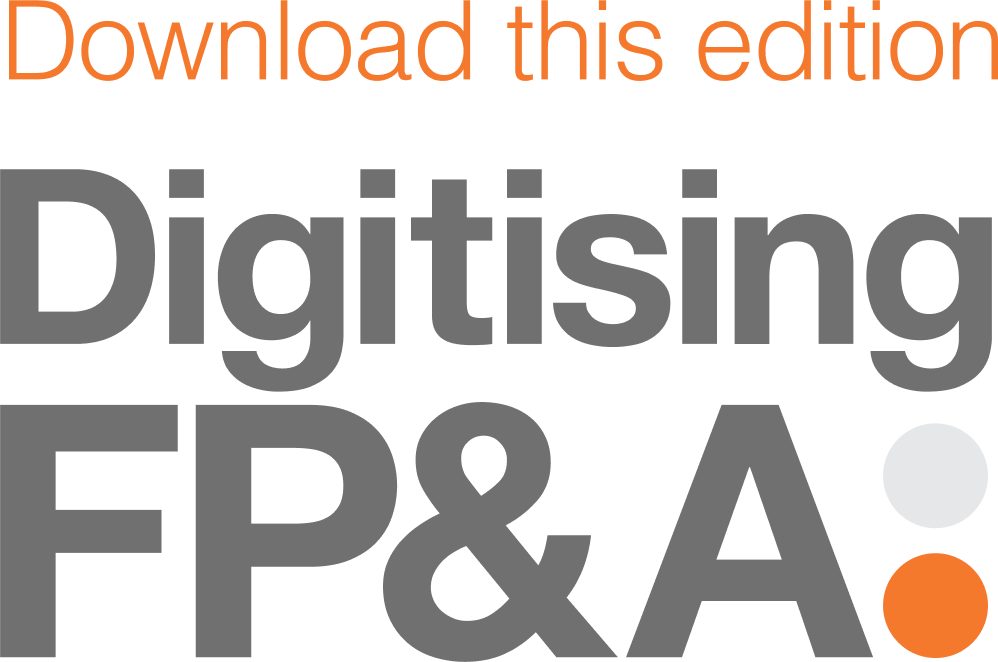What is Future Thinking?
GK Horizon’s mission is to help finance teams transition from just being scorekeepers to being superheroes who provide their organisation with value-add analysis that leads to informed decision making. We call this ‘Future Thinking’ and believe that Workday’s Adaptive Planning is a key enabler for changing the status quo.
Our hero: scenario modelling
Scenario modelling is a superpower that lets you see into the future by showing you the probable outcomes of various decisions (e.g. increasing or reducing headcount, expediting product roll-outs, or expanding sales/marketing programs) before you commit budgets and lock in your plans.
But be careful out there … finance departments are littered with outdated tools and manual processes … we think of them as the ‘villain’ that slow scenario modelling down, making it limited, overwhelming and error-prone.
In this article we’ll explore how robust financial models help drive strategic decisions, so finance teams can arm themselves to fight the good fight!
Speak with a consultant: click here to request a chat with a planning consultant to discuss your organisation’s unique challenges and requirements.
Our map: financial models

Every quest needs a good map. Think of financial models as the map you’ll need on your quest to steer your organisation towards better outcomes through well-informed decisions. And not just you – everyone else in your organisation will eventually rely on this valuable tool, provided it’s accurate, robust and as far-reaching in scope as possible, e.g. taking in dimensions such as projected expenses, incomes, headcount, planned projects, and sales/marketing activities such as territory expansion.
More than just an information gathering exercise, creating financial models is also an excellent internal communications opportunity – a chance to check in with various stakeholders about what’s important to them and what their plans are, which in turn means you can make more accurate assumptions when running scenarios.
Watch out for those pitfalls!
Your financial modelling can only ever be as good as your financial model. The three key pitfalls you must avoid are:
- disparate sources of information
- invalid/outdated sources
- manual processes
Luckily, there are 3 sure-fire remedies for ensuring your financial models are accurate and robust:

1. A single source of truth
The moment you allow anyone to ‘have a copy’ of that file or ‘make their own version’ of that thing, you’ve failed. Game over. It’s imperative to map your dimensions and store your data in one place, and to keep it there, and only there. Having a single source of truth ensures that there’s no questions or time wasted asking wondering ‘which financial model’ is more correct … there’s only the one, allowing you to garner full alignment from all stakeholders and to focus on responding to emerging market conditions.
Learn how to implement these best-practice principles for your organisation using modern financial-modelling and analysis tools.
2. An inclusive approach
Further to centralising your data into a single source of truth, making modelling tools user-friendly and available to all business units empowers everyone to contribute to – and quality check – assumptions. This also helps build confidence in the numbers, so the focus can be on strategic decision-making rather than arguing about the validity of the data.
3. Automation
Time is money. Save yourself time, and your organisation money, by automating planning, budgeting, and forecasting tasks. This will free you up to run unlimited what-if scenarios and answer multi-dimensional queries in real time, ultimately elevating you and your team from being scorekeepers to being the superheros who quickly help the executive team see into the future.
Our arch enemy: manual processes

On that note, it’s time to meet our arch enemy: manual processes. Aggregating data from multiple sources then creating and checking spreadsheets is slow, inaccurate, error-prone, and frankly: it’s boring. Rather than taking your seat at the decision-making table, you’re stuck in the quicksand of broken formulas and poorly labelled file versions.
Victory is yours with modern tools
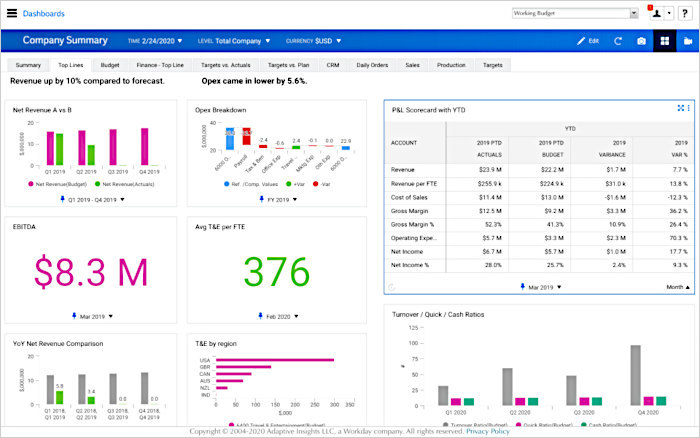
If your organisation is serious about being able to navigate today’s ever-changing environment, then you need to invest in modern financial-modelling and analysis tools such as Workday’s Adaptive Planning.
Adaptive Planning empowers you to generate limitless what-if scenarios and testing, all in real time. It’s an online, single-source-of-truth solution that is easy to use, scalable and promotes collaboration and inclusive modelling, ultimately helping you deliver the insights that your organisation needs to make informed decisions and plans.
by Nigel Ephraums, Sales Consultant @ GK Horizons
Learn more about Workday Adaptive Planning (including its robust scenario modelling capabilities) by watching this 3 minute video:
Learn how to implement these best-practice principles for your organisation using modern financial-modelling and analysis tools.
Related Posts
- 1
- 2
